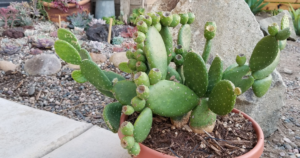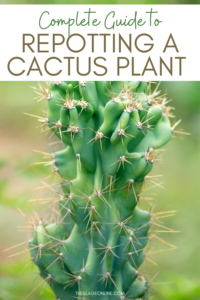In the vast universe of botany, cacti often elicit a sense of wonderment and curiosity. These enigmatic plants, recognizable by their spiny exteriors and unique adaptations, have captivated the attention of enthusiasts, scholars, and casual observers alike. But what exactly constitutes a cactus? Are they merely quirky members of the plant kingdom, or do they carry with them a complex classification that reveals much about their ecological niches and evolutionary history? Let’s delve into the fascinating world of cacti and uncover the truth behind their botanical classification.
Botanists classify cacti within the plant kingdom, specifically in the family Cactaceae. This classification encapsulates a wide array of species—over 1,500 distinct types—ranging from the strikingly tall Saguaro to the petite and colorful Rebutia. Each species displays unique characteristics, yet they share critical botanical features that distinguish them from other members of the plant kingdom. Understanding these distinctions is crucial for both enthusiasts and those engaged in ecological conservation.
The essence of what defines a cactus lies in its unique morphological adaptations. These are not mere plants; they represent a survival strategy honed over millennia. Cacti are primarily found in arid environments, which necessitated a suite of adaptations enabling them to thrive where many other plants struggle. Notably, their fleshy stems serve multiple purposes: they store water, conduct photosynthesis, and support the overall structure of the plant. Their spine-like leaves—modified into spines—reduce surface area and minimize water loss, a vital adaptation in their typically hot, dry habitats. Additionally, the spine structure provides protection against herbivores and aids in collecting moisture from the air, contributing to their survival.
One remarkable feature that sets cacti apart is their unique photosynthetic process, known as Crassulacean Acid Metabolism (CAM). Unlike most plants which open their stomata during the day, cacti open them at night to collect carbon dioxide. This adaptation allows them to reduce water loss during the intense heat of the day, demonstrating their remarkable evolutionary design. This compelling shift not only highlights their resilience but also positions them as a subject of study for scientists looking to understand plant adaptability in the face of climate change.
Not all spiny plants are cacti, however. This brings us to an intriguing aspect of botanical classification—convergent evolution. Several species across different families may develop similar traits as adaptations to similar environments. For example, some succulents such as agaves and euphorbias exhibit similar appearances to cacti, but they belong to entirely different botanical families. This distinction often confounds enthusiasts and raises questions about the true identity of these plants. Thus, when identifying a cactus, several specific characteristics can help clarify its classification.
For starters, cacti are almost exclusively native to the Americas, from the arid deserts of the Southwest United States to the lush regions of South America. Their geographical distribution is a telling facet of their evolutionary history. It begins with the idea of a once interconnected landmass, where the ancestors of modern cacti evolved before adapting distinctly to their environments. The uniqueness of this family is further emphasized by the presence of areoles—modified branches that typically produce spines, flowers, or hair. This is an exclusive feature of cacti, distinguishing them from other succulent plants.
Moreover, the reproductive strategies of cacti further enrich their classification. Many species feature showy flowers, which may be strikingly large and colorful, attracting pollinators such as bees, birds, and bats. The diversity of flower shapes and colors also speaks to the extensive evolutionary pressures faced by these plants. Interestingly, despite their starting similarities as flowering plants, the cacti’s method of reproduction exhibits unique adaptations, such as self-pollination in some species, which can be pivotal for survival in isolated environments. This raises questions about the role of pollinators in their ecosystems and the evolutionary benefits that such adaptations provide.
The ecological role of cacti cannot be overlooked. They are not just survivors; they are integral components of their native ecosystems. Cacti act as water reservoirs, addressing the needs of numerous organisms in harsh desert climates. They serve as food sources for various animals, contributing to the rich tapestry of life in these environments. Their presence shapes the habitat, affecting everything from the soil composition to the types of fauna that inhabit an area. Understanding this nuanced relationship between cacti and their habitats reveals the depth of their importance in biodiversity and ecosystem stability.
As we gain insights into the captivating world of cacti, we are reminded of the complexity of life and the intricate classifications that define it. The exploration of cacti transcends mere identification; it invites a deeper appreciation for the remarkable adaptations that allow these plants to flourish in some of the planet’s most unforgiving environments. From the photosynthetic prowess to their role as ecological linchpins, cacti exemplify nature’s ingenuity.
In conclusion, cacti undoubtedly belong firmly within the plant kingdom, constituting a unique family of life that merits further exploration. They challenge our perception of what defines a plant while holding critical ecological significance. Whether you encounter them in the wild or in a home garden, the next time you see a cactus, take a moment to appreciate not simply its form but the extraordinary adaptations that enable it to survive and thrive. Their captivating forms tell a story of resilience, adaptation, and the countless intricacies of the natural world that beckon all of us to look closer.





Leave a Comment